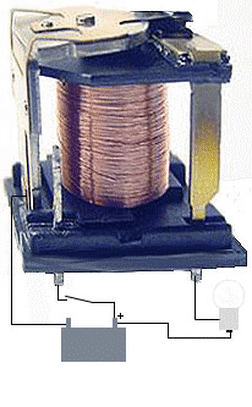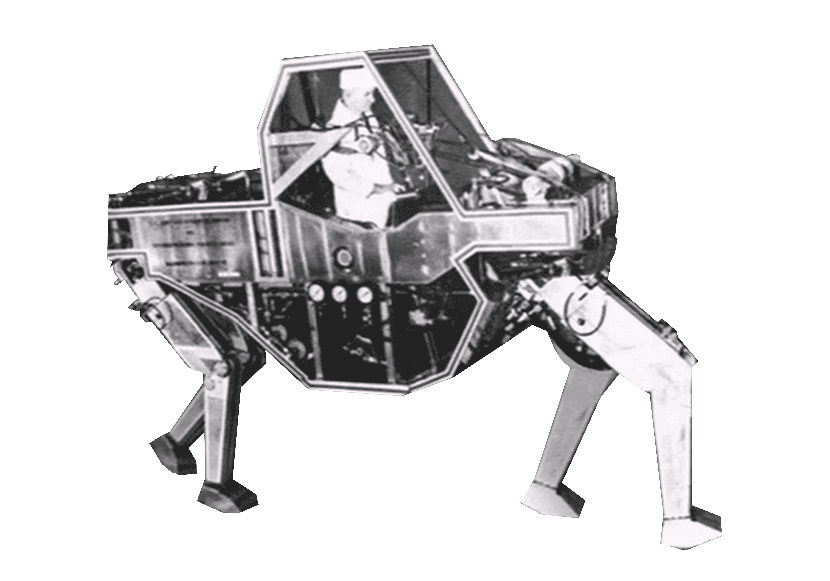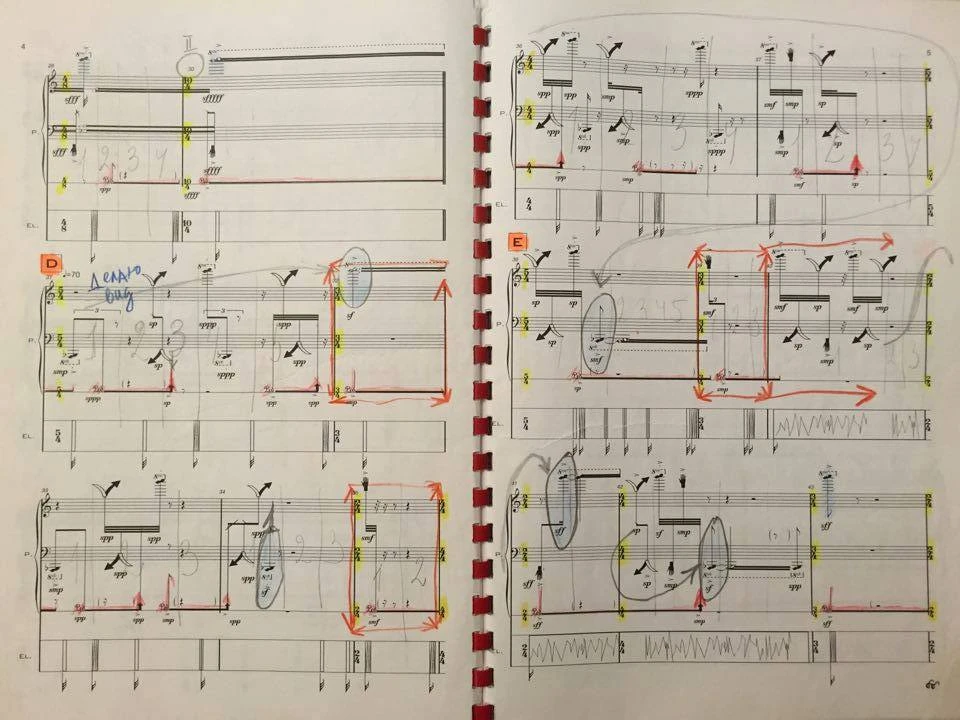The composition “Accent sequence” implements the idea of biomechanism. The performer (pianist) and the apparatus (an electric relay on the piano strings) form a single system. The score contains a sequences: highly accentuated and percussive actions for a pianist and close/open actions for a relay. I arranged the composition in such a way that the activities of the pianist line up with the rhythms of the relay. They form a single system of interaction (with the help of a predetermined sequence). Here there is a moment of considering the actions of the performer playing according to the score as a human “mechanism” performing a program written in advance by the composer. Freedom of interpretation, incredibly rhythmic, is not given to the performer. A live performer, as it were, competes in accuracy with a robot mechanism. The successful performance of the program by both performers gives rise to an apocalyptic, full-of-passion fandango – “Accent sequence.”

The mechanism on piano strings is an electromechanical relay, closed by the microcircuit. The peculiarity of the operation of this mechanism lies in the breakneck speed of the process. On the one hand, this mechanism is similar to a piano hammer, only metal. But, on the other hand, the speed of his work is much higher than the actual speed of the pianist. The relay can easily extract 20-30 events per second without losing clarity.
In the middle of the piece, there is a play with the listener’s perception. The performer takes the note “si” (B) on the piano, and immediately after that, the electronic sound “si” (B) is added to it, which intercepts the sound of the piano. The listener feels that the sound of the piano has not faded away, but suddenly it has become constantly sounding – it sounds “infinitely.” It seems it sounds the same note, “si” (B), that it was in the beginning. It is an illusion. The electronic sound “si” exceptionally slowly, in four minutes, decreases in height. The listener cannot catch such slow changes in the sound parameter. At the end of the piece, the pianist strikes the note “si” again. Now you can hear the difference with the electronic sound, which has dropped significantly.


